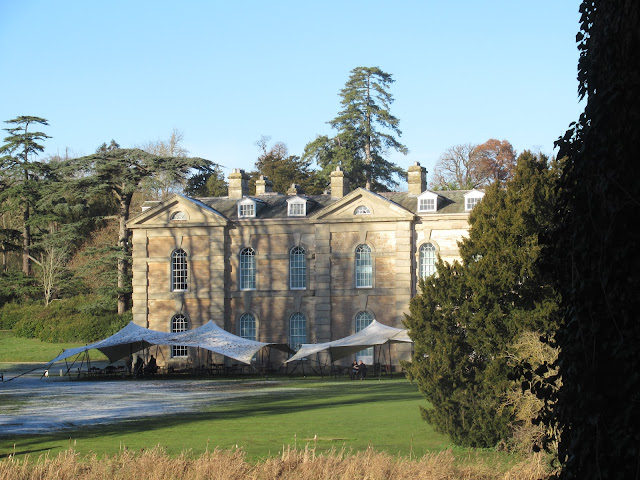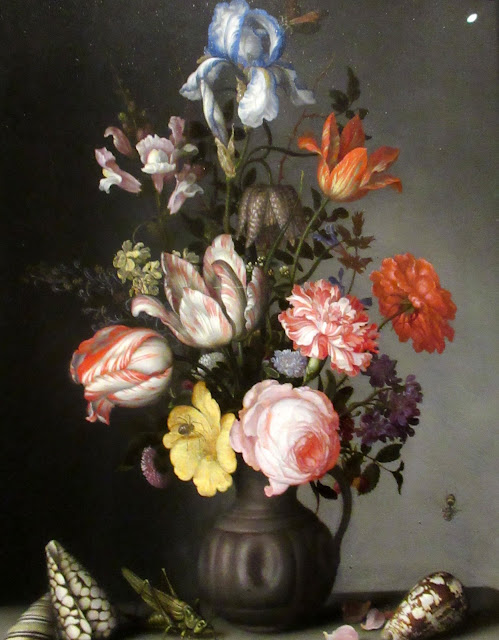'I have invested all my skill in this picture. I do not believe that so many rare and beautiful flowers have ever been painted before, nor rendered so painstakingly. It will be a fine sight in the winter'. Jan Brueghel the Elder.
Bloom - Dutch Flower Painting, 1600-1800
at Compton Verney.
At the dawn of the 17th century, Netherlandish painters such as Jan Brueghel the Elder and Ambrosius Bosschaert were among the first artists to produce pictures that depicted flowers exclusively. Flowers were to become one of the most characteristic themes of Dutch paintng. Several contemporary developments influenced this genre, including a growing scientific interest in botany and horticulture, the establishment of botanical gardens, and a booming international trade in exotic plants. By the 1630s, speculative trade in the most coveted bulbs and flowering plants resulted in prices reaching astonishing heights - the so-called 'tulip mania'. Prices soon crashed, but the Dutch enchantment with flowers endured.
The earliest flower paintings feature flat, symmetrical arrangements, often seen from a high viewpoint to ensure that each carefully rendered flower is visible.
Over the course of the 17th century, bouquets became more relaxed, with asymmetrical rhythms and a willingness to allow flowers to overlap to create a more natural sense of depth. By the late 1800s, flower painting adopted a brighter palette to create increasingly ornate compositions in keeping with the fashion for exuberant decoration.
Throughout the period, artists invented fictional arrangements of flowers that did not bloom in the same season. Today, the bouquets can look deceivingly realistic. As a result of forced flowering and refrigeration, we are used to enjoying many varieties all year round. But 17th and 18th century artists had no choice but to use drawn studies and printed materials to create their imaginary bouquets.
This pyramid of exotic foods stands out against the black background. It showcases De Heem's flawless use of colour and his talent for creating new, playful arrangements. De Heem was the most famous and influential still-life painter of his day. He played a vital role in turning the flat, symmetrical compositions from the early 17th century into a more relaxed, fully rounded arrangements.
Paulus Theodorus van Brussel, Fruit and Flowers, 1789
Rachel Ruysche, Flowers in a Vase, 1685
Balthasar van der Ast, Flowers in a Vase with Shells and Insects, 1630







No comments:
Post a Comment